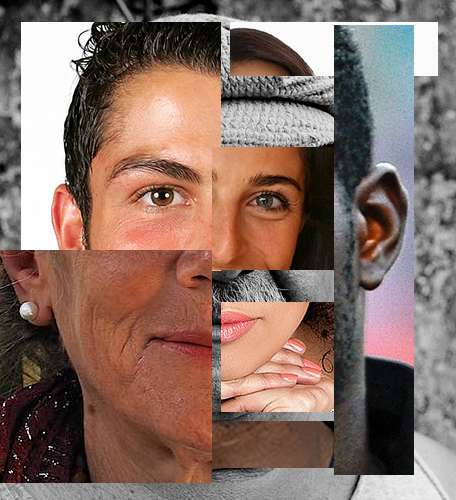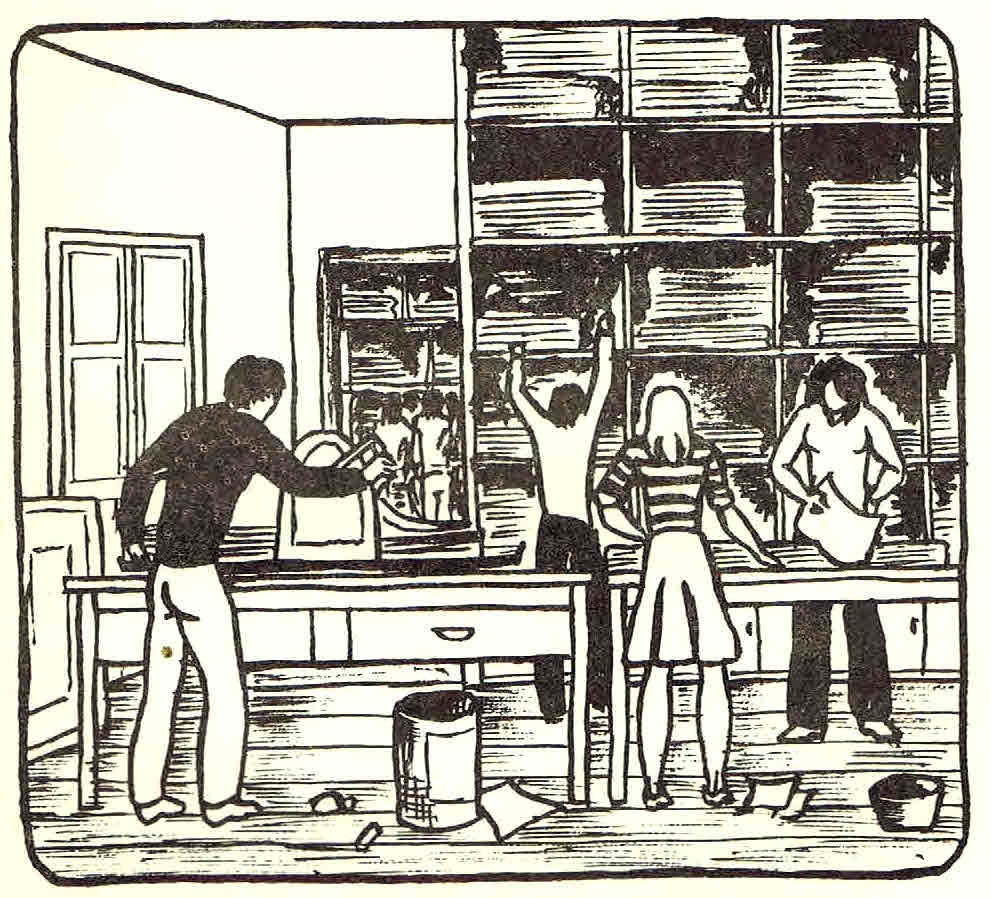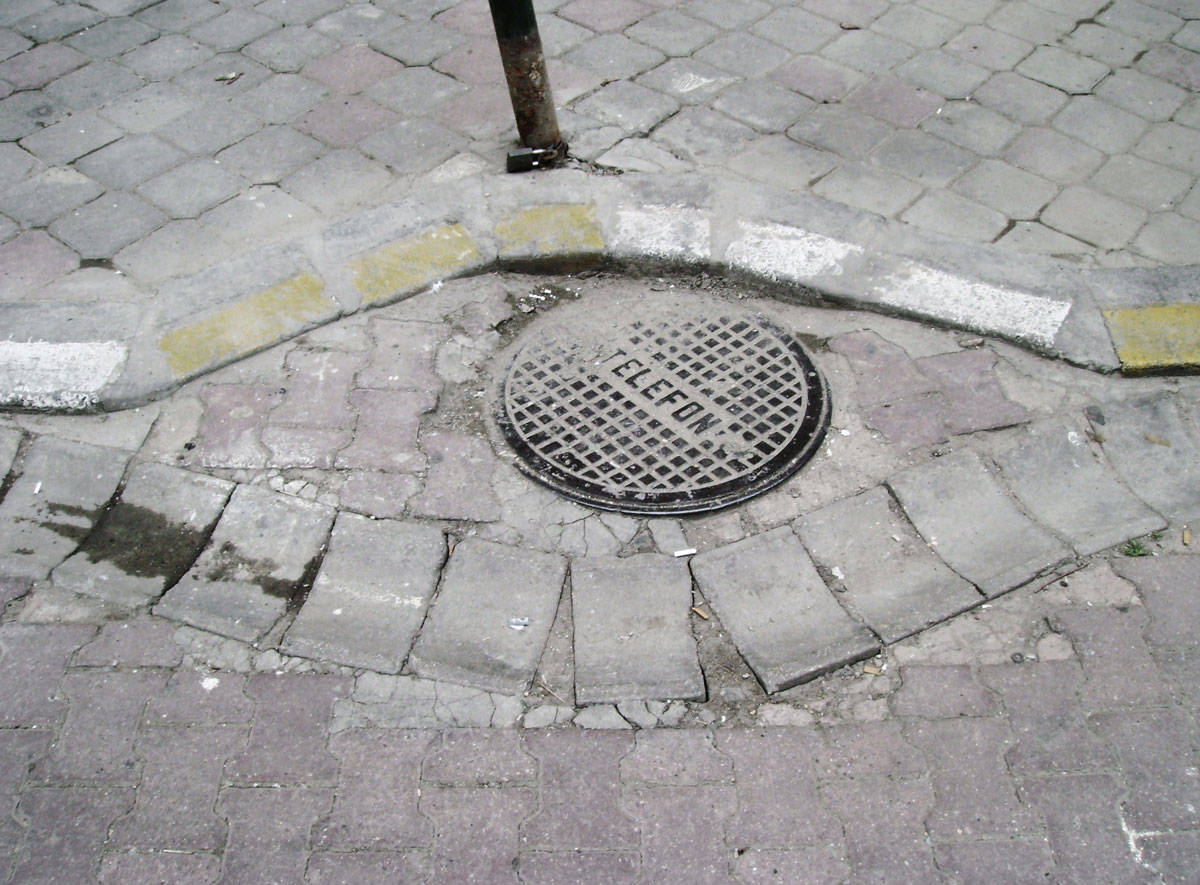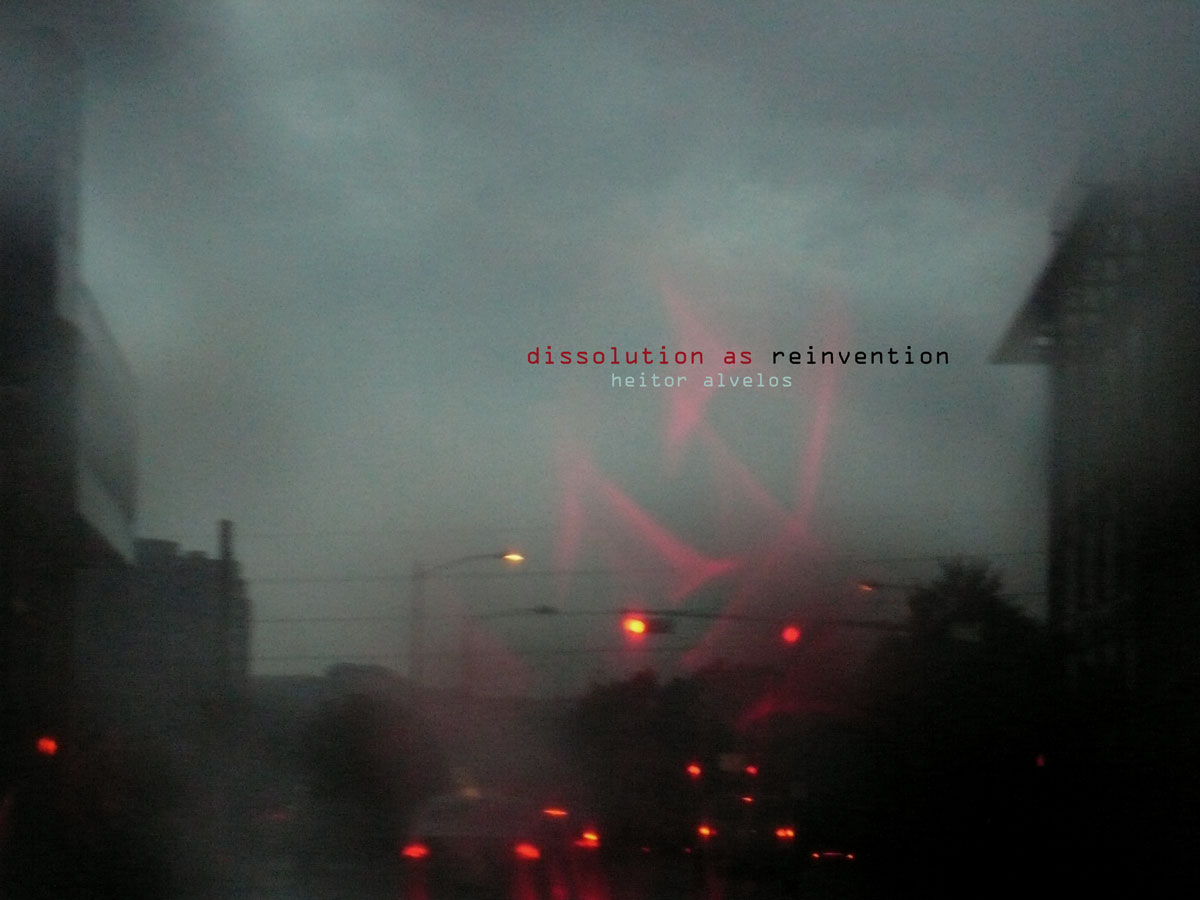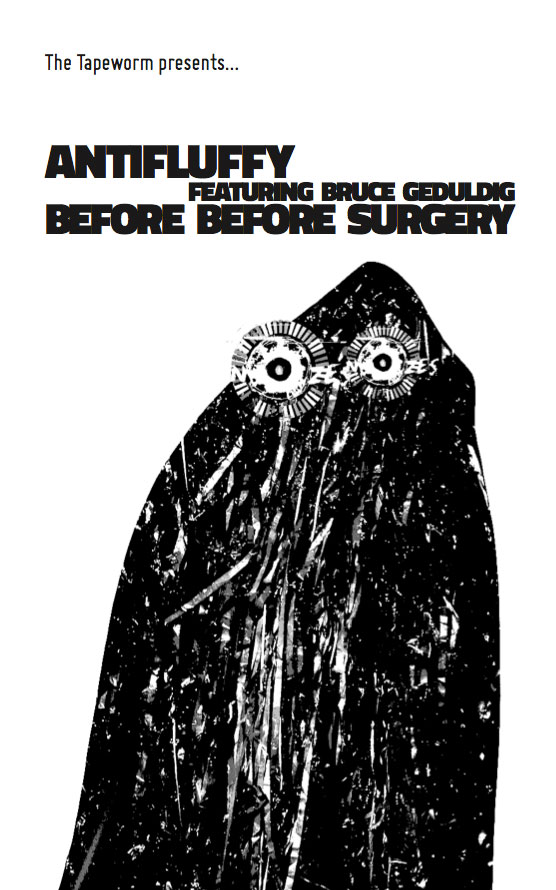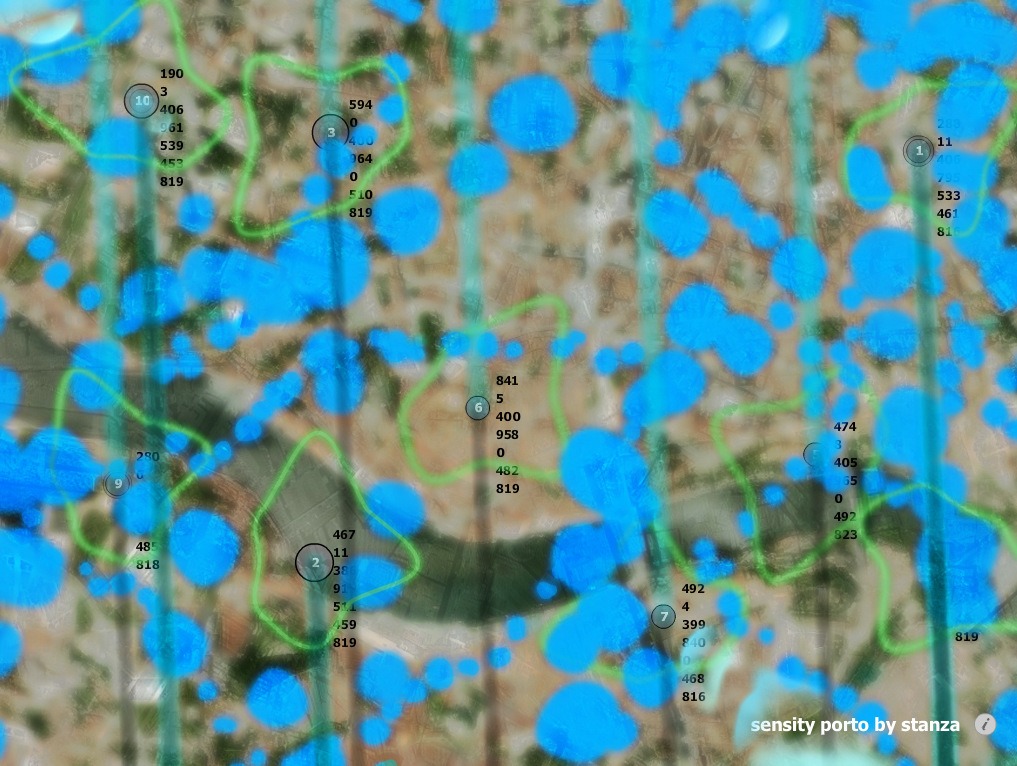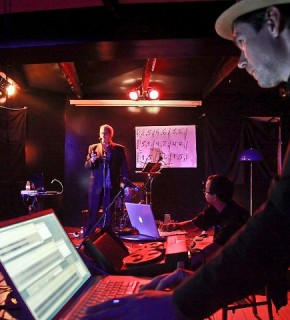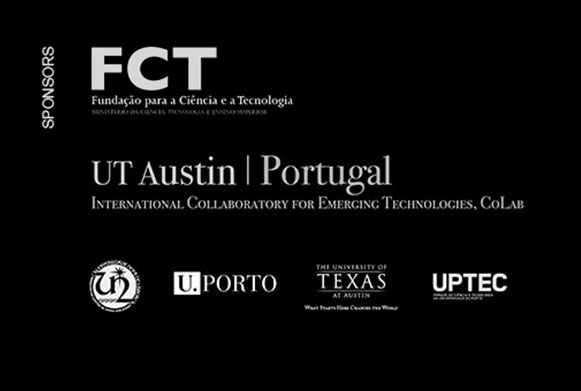The base of this essay is reality that I define as the world of everyday life which is a quality appertaining to phenomena that we recognize as having a being independent of our own volition – we cannot ‘wish it away’. There are multiple realities, of course. What is real to Europe may not be real to USA. What is real to a philosopher may not be real to a businessman. What is real to a woman may not be real to a man. But there is one reality like a mother ship for all of them, and our “consciousness is capable of moving through different layers of reality – waking up from a dream illustrates this shift most simply”. 1
Sigmund Freud called a dream ‘the royal path to the unconscious mind’. A dream can be named ‘the guard of the sleep’, as a dream tries to design all the irritators that threaten the sleep and the sleeper onto the images of the mind. From our experiences we know how the need to urinate can appear in our dream in a distorted shape instead of waking us up.
But the most important factors that stimulates the dreams are not from outside world but impulses that aim to ground and satisfy the Self that has no way out to the consciousness while wide-awake.
In his The Interpretation of Dreams Freud said that while presenting our desires as dreams, the dreams lead us above all to the future. But the future rendered by a dreamer as our present, has been modified by the indestructible desire for something that can be called ‘the perfect past’. Here Freud says that a desire is a try to restore, repeat or experience again the satisfying feeling of some early situation. Thus the dreams and the symbolics of the dreams bring us to the future, but to the future that is determined by our past.
A human being tries to reach the pleasures throughout the whole life and dreaming can help one to reach this playground of desire. We apprehend the reality of everyday life as an ordered reality that we experience as self-evident and normal in the state of being wide-awake, and – this reality we share with others. Put simply, we are alone in the world of dreams, but we know that the reality of everyday life is the same to everyone. A human is a social product, one cannot exist in everyday life without interaction and communication with other human beings and therefore, in order to prove that one really does exist, one mirrors the dreams, feelings and visions from the world of the dreams onto the reality where they all can take shape – cities, landscapes, buildings etc.
Every dream is open for translation and the way we translate it, can change us and our tomorrow, meaning – any dream possesses the power to not only change the future and build ‘futureplaces’, ‘the places we want to go in the future’, but also expand and contract it in different ways. We have multiply repeated chain model between
1. our ideas and day-dreaming
2. the space and the society
3. our dreams dreamt at night
Two components have to work, whether the first and the second (our day-dreaming and the society) or the second and the third (our dreams and the society), otherwise the chain will break and the world will fall apart.
It is important to point out that through the powerful tool of creation, distorted images of reality can be born. Deception and self-deception, and illusion are socially significant as a necessary condition of life. We could take our everyday life as a sort of a cipher, a secret code where every single sign could be translated into another sign with certain meaning. If we would do that, I suggest that we should view the reality not as a whole but as details of content in instalments, similar to any dream interpretation. If to ask what one remembers about a dream, one usually hardly says anything. But if a dream is presented one piece at a time, one can recall thoughts on every fragment or element.
We have reached this place of experiencing everything through predetermined thoughts and dreams, we can never return to the state of raw reality, the real. As we know, the child can not leave the reality defined by the parents. We can never experience things as they truly are, we can never cast off these mental constructions. To go further – we have no way of knowing exactly what it is we are longing for.
We all have a dream being God, shaping and transforming the world as we wish, doing everything without the responsibility and without the need to report. As Mattew Aaron Taylor puts it, “our life is a bust, our life too short, our brain too slow and small, our bodies too fragile, and our field of activity incredibly limited, and that God (whatever it might be) has done a poor job and we can make a better job out of it.” 2 No wonder why we humans are incapable of accepting reality as it is, turning places into ‘futureplaces’ where places transform reality according to the ideas and images of what we think reality ought to be.
The reality borders upon the visions of the Dreamachine (1959) by Brion Gysin that makes visible the fundamental order presented in the physiology of the brain.
“You are the artist when you approach a Dreamachine and close your eyes. What the Dreamachine incites you to see is yours… your own. The brilliant interior visions you so suddenly see whirling around inside your head are produced by your own brain activity. […] Dreamachine visions usually begin by the meteorically rapid transit of infinite series of abstract elements. These may be followed in time by clear perception of faces, figures and the apparent entractment of highly colored serial pseudo-events. In other words, dreams in colour.” 3
These dreams can be interrupted and brought to an end simply by opening our eyes and then we are back to our everyday life of dreams in color. Or perhaps not? The Future Places festival might help us to go on dreaming and shaping both visual and physical ‘futureplaces’, being the meeting place of psyche and the society that helps to make sense both of ourselves and of others.
dagmar kase
media artist
guest lecturer of Estonian Academy of Arts, and Baltic Film and Media School at Tallinn University
Notes
1 Berger, Peter L./Luckmann, Thomas (1981): The Social Construction of Reality. A Treatise in the Sociology of Knowledge, Penguin Books, Fletcher & Son Ltd, Norwich, 35.
2 Taylor, Mattew Aaron (1998): The Abolition of Humanity and Contours of the New A-Theology. In: The Virtual Dimension. Architecture, Representation, and Crash Culture, Ed. John Beckmann, Princeton Architectural Press, New York, 11.
3 10111.org: Dreamachine Temple Press Booklet, http://www.10111.org/0.php?wakka=DMTemplePress [last access: 12/07/2010]
References
Beckmann, John, Ed (1998): The Virtual Dimension. Architecture, Representation, and Crash Culture, Princeton Architectural Press, New York.
Berger, Peter L./Luckmann, Thomas (1981): The Social Construction of Reality. A Treatise in the Sociology of Knowledge, Penguin Books, Fletcher & Son Ltd, Norwich.
Debray, Régis (2000): Transmitting Culture, Columbia University Press, New York.
Freud, Sigmund (1967): The Interpretation of Dreams, Avon Books, New York.
10111.org: Dreamachine Temple Press Booklet, http://www.10111.org/0.php?wakka=DMTemplePress [last access: 12/07/2010]

